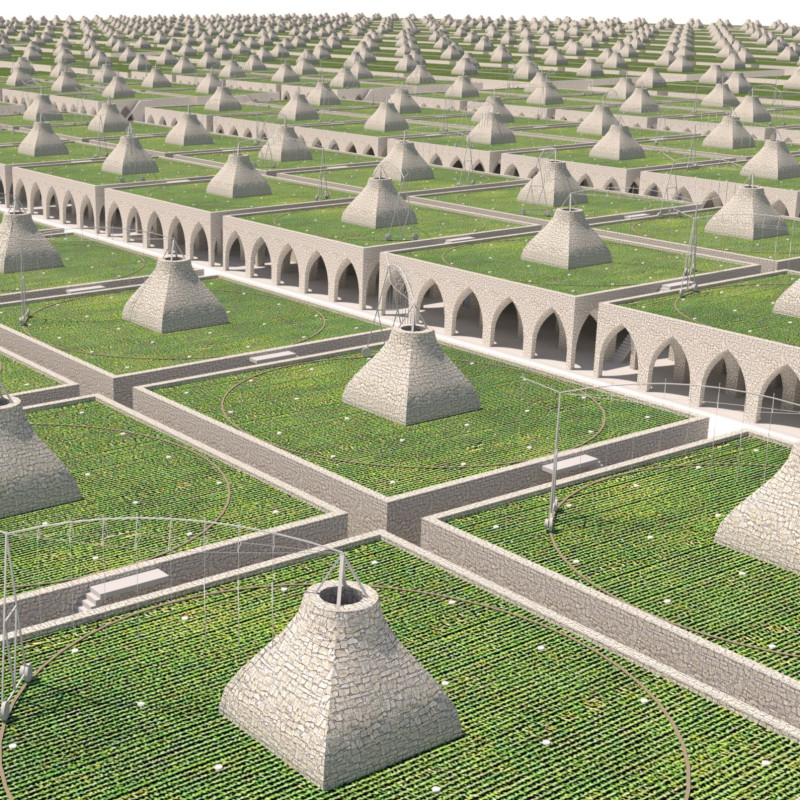5 key facts about this project
At its core, the project functions as a multipurpose facility designed to foster interaction and engagement among users. The layout is intuitively organized, allowing for a seamless flow between spaces. Whether it accommodates community gatherings, educational activities, or cultural events, the architecture supports a variety of functions, encouraging collaboration and social connectivity.
One of the standout features of this project is its commitment to sustainability. The design integrates various eco-friendly strategies, including the use of renewable materials and energy-efficient technologies. The building envelope is crafted with highly insulated materials that reduce energy consumption, while strategically placed windows maximize natural light, enhancing the user experience and minimizing reliance on artificial lighting. This attention to energy efficiency reflects a broader commitment to reducing the building's carbon footprint, aligning with contemporary architectural practices that prioritize environmental stewardship.
The material selection is particularly noteworthy. Concrete, steel, and glass come together to create a robust yet inviting structure. The use of concrete provides durability and sound insulation, making it suitable for the diverse activities anticipated within. Steel elements are employed to create open and expansive interiors, allowing for flexible space usage without compromising structural integrity. Large glass panels not only offer panoramic views of the surrounding landscape but also promote transparency and connection with the outdoors, creating a welcoming atmosphere.
Additionally, the project incorporates sustainable landscaping elements, including a green roof that serves both aesthetic and ecological functions. This green roof not only contributes to insulation and reduces stormwater runoff but also offers an accessible recreational area for users, connecting the architecture with nature in a tangible way. The landscaping complements the overall design philosophy, emphasizing biophilic principles that enhance well-being through direct interaction with the natural environment.
The layout of the interior spaces is meticulously planned. Open areas encourage social interaction, while more private nooks provide users with quiet spaces for reflection or focused work. The circulation is designed to be intuitive, with clear pathways guiding visitors through the various functional areas. This thoughtful design strategy enhances the user experience, ensuring that every visit is purposeful and engaging.
In terms of unique design approaches, this project exemplifies a contemporary take on traditional architectural forms, merging local cultural references with modern materials and construction techniques. By reflecting the local architectural heritage while simultaneously pushing the envelope with innovative design solutions, the project establishes a dialogue between past and present. This synthesis creates a distinctive identity that resonates with the community and fosters a sense of belonging.
Overall, this architectural project represents a forward-thinking vision that prioritizes sustainability, flexibility, and community engagement. The integration of environmentally conscious materials, innovative design strategies, and a focus on user experience makes it a noteworthy addition to the built environment. For those interested in exploring the intricacies of this project further, reviewing the architectural plans, sections, designs, and underlying ideas will provide deeper insights into the thoughtful considerations that shaped its realization. We invite readers to explore the project presentation for a closer look at this significant architectural endeavor.


























